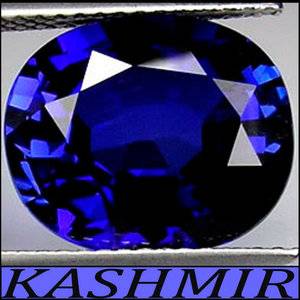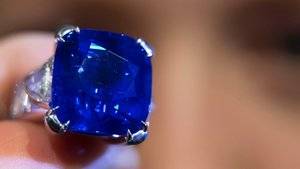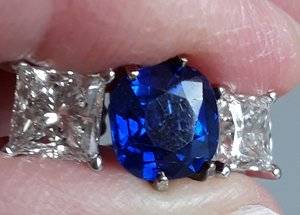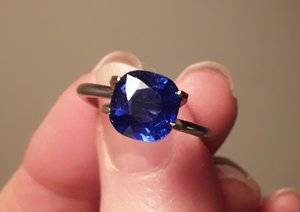tigertales
Shiny_Rock
- Joined
- Nov 8, 2015
- Messages
- 380
Yes, innerkitten ( love your name,btw! totally get it)...you've got the eye. you are 100% right. and no amount of polishing changes sleepy kashmir to vivid.It does look different. Because it looks sleepier in the first photo. I think it's because they polished it or something and it's shiny now. It's a beautiful stone.







300x240.png)